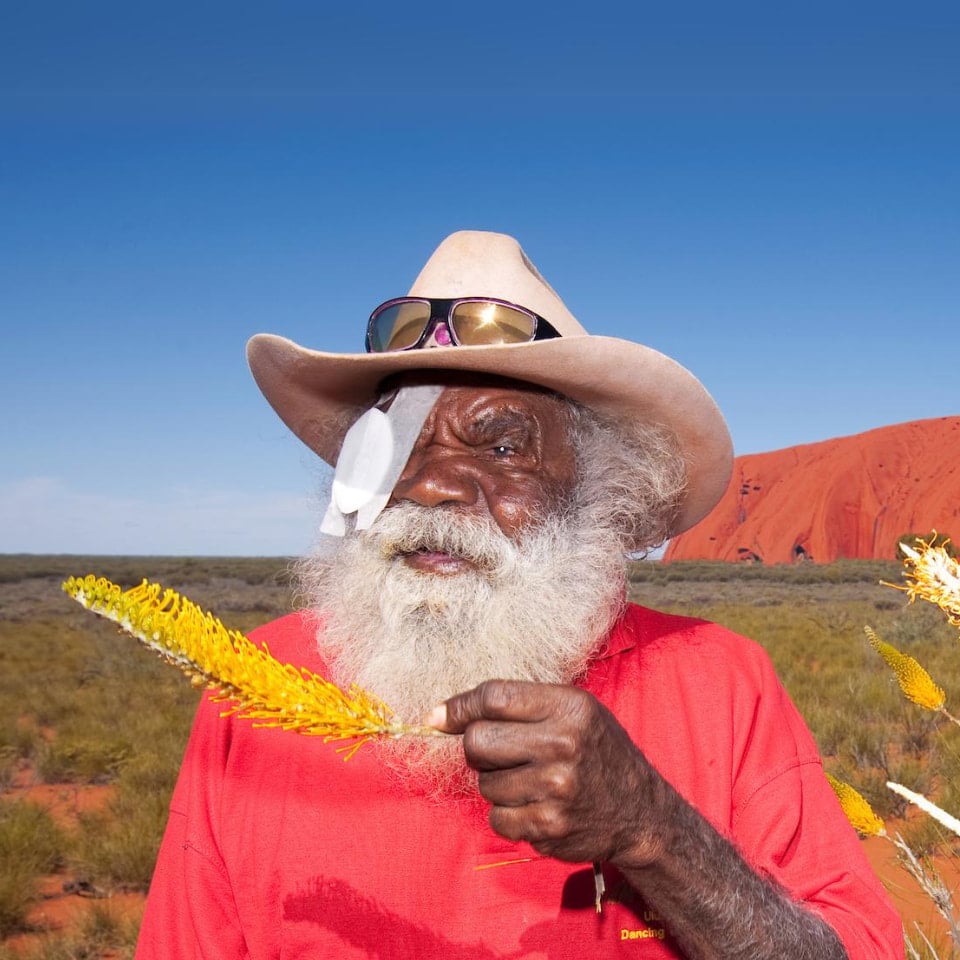90% of vision loss for Aboriginal and Torres Strait Islander adults is preventable or treatable
This statistic shows how achievable it is to stop avoidable blindness – in most cases, most vision loss can be corrected overnight. However, when over one third of Aboriginal and Torres Strait Islander adults have never had an eye exam, there’s still a lot of work to do.
The four eye conditions that cause 90 per cent of this vision loss are:
- cataract,
- trachoma,
- diabetic retinopathy,
- and uncorrected refractive error (needing glasses).
Our Program supports increased investment in and access to culturally appropriate eye care services to remote and underserved Aboriginal and Torres Strait Islander communities. More specifically, we’re working to:
- Deliver surgery and medical treatment for cataract, diabetic retinopathy and the elimination of trachoma
- Increase access to services for patients in remote communities
- Coordinate and improve outreach services so everyone who needs medical care gets it
- Provide training and support to Aboriginal and Torres Strait Islander health staff.
Trachoma elimination project
Australia is the only developed country to have trachoma and it’s the fourth leading cause of blindness in Aboriginal people. Trachoma is a devastating, agonising and infectious eye disease that’s mostly associated with poverty. At the worst stages of the disease, the eyelid turns inwards and causes the eyelashes to invert and rub against the eyeball, known as trichiasis. This scars the eye and leads to irreversible blindness. However, this can all be prevented with improved living conditions, antibiotics, medical attention and education.
With our partners, we’re working to implement the SAFE strategy around areas in the Northern Territory, South Australia and Western Australia where trachoma is prevalent.
- Surgery: to prevent blindness by eyelid surgery to correct inverted eyelashes
- Antibiotics: community-wide distribution of antibiotics to treat active infection
- Face washing: to stop eye-seeking flies that spread infection
- Environment: to give communities access to water and improved sanitation
Training and employing Aboriginal community-based workers (CBWs) is vital to this work. The CBWs are local people who play a crucial role in supporting trachoma screening and treatment, ensuring information is communicated in an appropriate and culturally relevant way.
Trachoma sore eyes story
Anngang Anitjakarta (Trachoma Sore Eyes Story) was written and illustrated by Aboriginal author, Hazel Presley from Ti Tree, Northern Territory. The story was written in her local Anmatyerr language, and with the support of The Foundation, 900 copies were distributed to help children and their families understand how to avoid trachoma.
Where are we today with trachoma?
The nation-wide Trachoma Elimination Project, to which The Foundation contributes, has made significant progress. Trachoma is now considered to be eliminated in Queensland and New South Wales and the national figures have dropped from 14 per cent in 2009 to 3.3 per cent in 2022. While it’s taken many years since Fred’s first encounter with it, we’re pleased to say Australia remains committed to eliminate trachoma by 2024.

